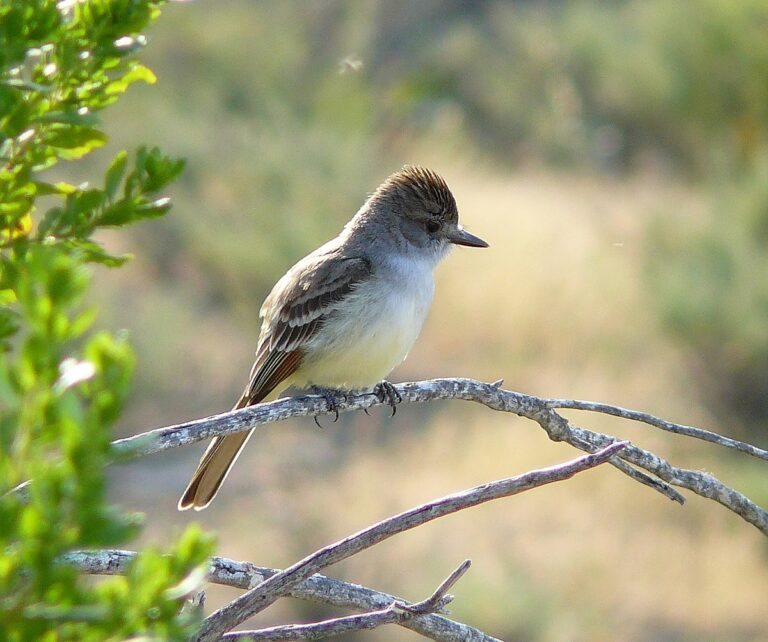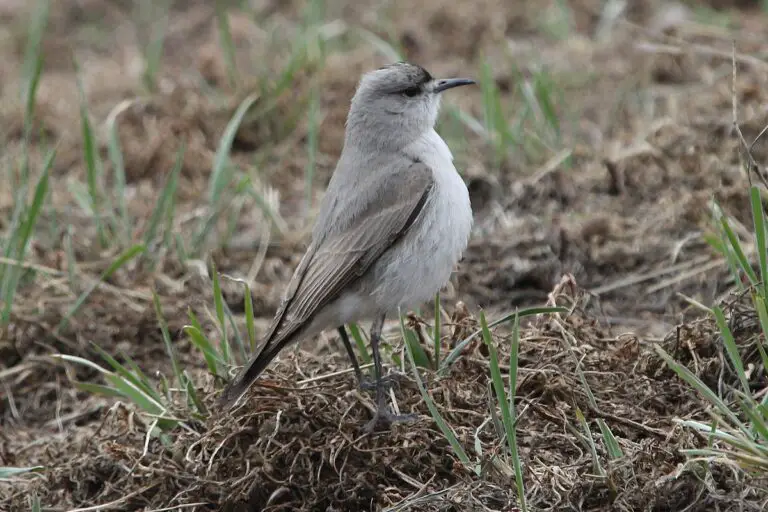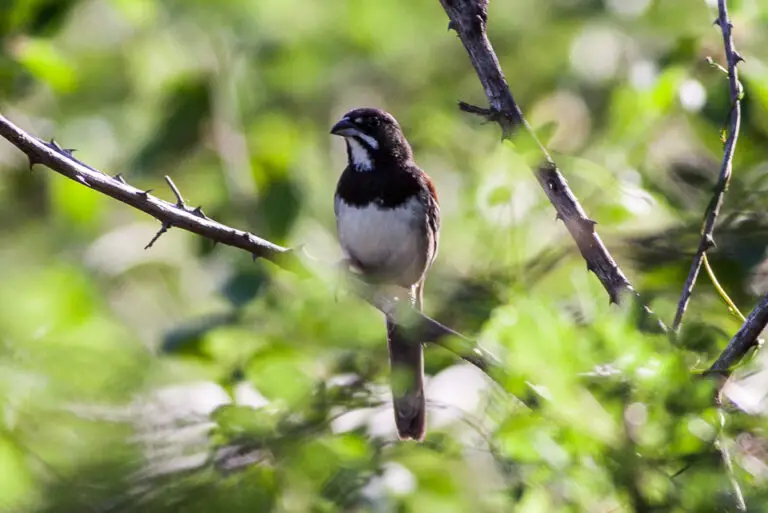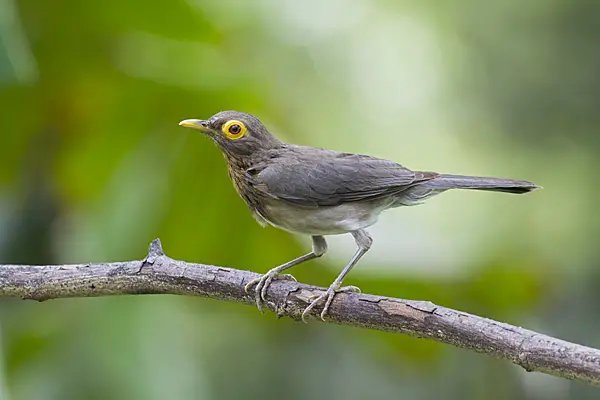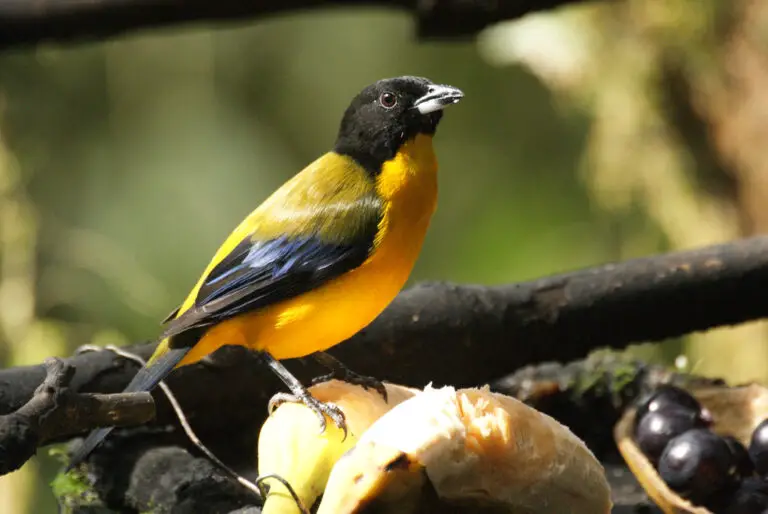Hoopoe
“The Hoopoe genus is the only living member of its family!”
Scientifically Classification
- Kingdom: Animalia
- Phylum: Chordata
- Class: Aves
- Order: Bucerotiformes
- Family: Upupidae
- Genus: Upupa
- Species: Upupa epops
As for its distribution, the Hoopoe can be found in various regions around the world, including Africa, Asia, and Europe. Despite facing certain threats, such as habitat degradation and climate change, the Hoopoe is currently classified as a species of Least Concern by the International Union for Conservation of Nature (IUCN). This status indicates that, while some localized declines may occur, overall populations of Hoopoes are considered stable and not facing immediate risk of extinction.
Hoopoes are fascinating birds with several distinctive traits and behaviors:
- Name of Young: Hoopoe chicks or hatchlings.
- Group Behavior: Hoopoes are largely solitary birds.
- Fun Fact: The Hoopoe genus is the only living member of its family, making it a unique and special bird.
- Estimated Population Size: Approximately 5-10 million individuals globally.
- Most Distinctive Feature: Their crest of feathers on the head, which gives them a distinctive appearance.
- Wingspan: Ranges from 44cm to 48cm (17in – 19in).
- Habitat: Hoopoes inhabit various habitats including forests, plains, and savannas.
- Diet: They are omnivores, feeding on a variety of food including ants, grasshoppers, beetles, crickets, and other insects.
- Favorite Food: Hoopoes particularly enjoy consuming ants, grasshoppers, beetles, crickets, and other insects.
- Common Name: Hoopoe, derived from its distinctive “hoop-hoop” call.
- Location: Found in Europe, Asia, and Africa.
- Slogan: “Stunning bird with a stinky way to deter predators!” referring to their unique defense mechanism of secreting a foul-smelling liquid when threatened.
- Group: Classified as birds.
Regarding their physical characteristics:
- Skin Type: Covered with feathers.
- Lifespan: Hoopoes typically live around 10 years in the wild.
- Weight: They weigh between 46g to 89g (1.6oz – 3.1oz).
- Length: Their length ranges from 25cm to 32cm (10in – 12.6in).
- Age of Sexual Maturity: Hoopoes reach sexual maturity within a few months after hatching, allowing them to start breeding relatively early in life.
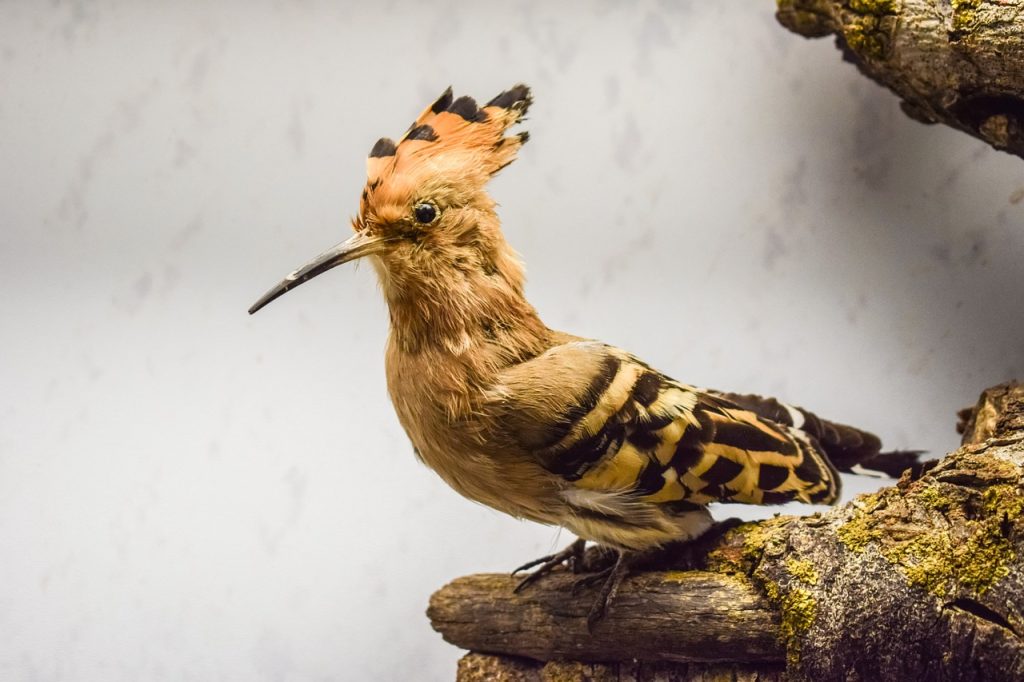
The Hoopoe is a captivating genus of ground-foraging birds renowned for its distinctive appearance and widespread distribution across Europe, Africa, and Asia.
One of the most striking features of the Hoopoe is its massive head crest, which resembles a large mohawk and serves as a prominent visual display and communication tool in the wild. This crest of feathers is a defining characteristic of the species and adds to its allure when encountered in its natural habitat.
Despite its relatively smaller size compared to some other bird species, the Hoopoe commands attention with its unique color scheme and intricate plumage patterns. Its presence in the wild is often a memorable and impressive spectacle for birdwatchers and nature enthusiasts alike.
Hoopoe’s remarkable appearance, coupled with its widespread distribution and ground-foraging behavior, makes it a beloved and iconic bird species across continents, representing a fascinating example of avian diversity and adaptation in diverse ecosystems.
Incredible Hoopoe Facts
Hoopoes are truly remarkable birds with a rich history and fascinating behaviors:
- Cultural Significance: The Hoopoe has played a significant role in the folklore and mythology of various cultures throughout history. It is mentioned in religious texts, Greek plays, Egyptian hieroglyphics, and Chinese literature, symbolizing different themes such as wisdom, beauty, and guidance.
- Royal Connections: According to legend, the Hoopoe bird led King Solomon to meet the Queen of Sheba, showcasing its mythical status as a guide and messenger. Today, the Hoopoe holds the distinction of being the national bird of Israel, representing its cultural and historical significance in the region.
- Sunbathing Behavior: Hoopoes exhibit a unique behavior of sunbathing by spreading out backward along the ground. This behavior is believed to serve various purposes, including regulating body temperature, preening, and possibly even displaying dominance or courtship.
- Defensive Mechanism: Similar to skunks, Hoopoes possess the ability to emit foul-smelling chemicals as a defense mechanism against threats. This unpleasant odor serves as a deterrent to potential predators, highlighting the bird’s resourcefulness in warding off danger.
- Tolerance of Humans: Despite their skittish nature, Hoopoes can often be approached closely by humans while feeding. Their apparent indifference to human presence during feeding suggests a degree of adaptability and acceptance of human activity in their environment, making them accessible subjects for observation and study.
These incredible facts underscore the Hoopoe’s cultural significance, unique behaviors, and adaptive strategies for survival in diverse habitats, cementing its status as a beloved and revered bird species across the globe.
Scientific Name
The Hoopoe, scientifically classified under the genus Upupa, derives its name from its distinctive vocalization. However, its taxonomical classification has been the subject of some debate. While the Hoopoe is the sole member of the family Upupidae, it is part of the larger order Coraciiformes, which includes nine additional species.
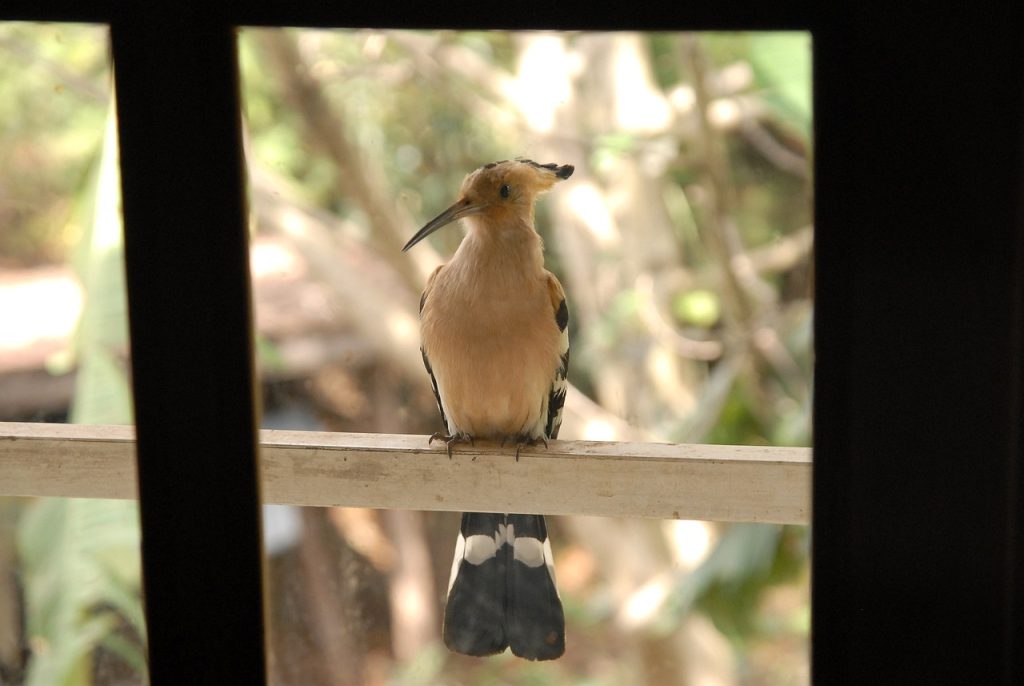
This unique taxonomic position highlights the Hoopoe’s evolutionary distinctiveness and its close relationship with other species within the Coraciiformes order. Despite being the only member of its family, the Hoopoe shares certain characteristics and behaviors with other members of its order, contributing to its classification within this broader taxonomical group.
The taxonomical classification of the Hoopoe underscores the complexities of evolutionary relationships and highlights the ongoing efforts of scientists to understand the diversity and interconnectedness of bird species across different taxonomic levels.
Evolution
It’s fascinating how paleontology helps us piece together the evolutionary puzzle, even when fossil records are scarce. The discovery of the wood hoopoe and the Messelirrisor provides valuable insights into the evolutionary history of the hoopoe and its relatives. Despite the challenges posed by incomplete fossil records, each new discovery adds a layer to our understanding of how these birds evolved over millions of years.
Types Of
The divergence of the African and Madagascan hoopoes from the Eurasian hoopoe underscores the importance of genetic and morphological differences in species classification. It’s fascinating how even subtle variations in physical traits and vocalizations can lead to the recognition of distinct species. The possible extinction of the Saint Helena hoopoe is a poignant reminder of the fragility of biodiversity and the impacts of human activities on vulnerable species.
The unique position of Upupa as the sole living genus in the family Upupidae highlights its evolutionary distinctiveness. Its relationship with other birds in the same order, such as wood hoopoes, hornbills, and ground hornbills, provides insights into the evolutionary history and diversity within this group of birds.
Appearance And Behavior
The hoopoe’s unique characteristics make it a truly remarkable bird. Its striking appearance, with black and white striped wings and a vibrant crest, sets it apart in the avian world. The crest’s ability to convey the bird’s mood adds an intriguing dimension to its behavior.
Their flapping style and feeding habits, such as using a surface to dispatch prey, showcase their adaptability and resourcefulness in foraging. The production of chemicals and oils for defense is a clever adaptation to deter predators.
Despite their solitary nature, hoopoes exhibit complex behaviors during mating and territorial disputes. The fierce aerial duels between males highlight the importance of establishing and defending territory and mates.
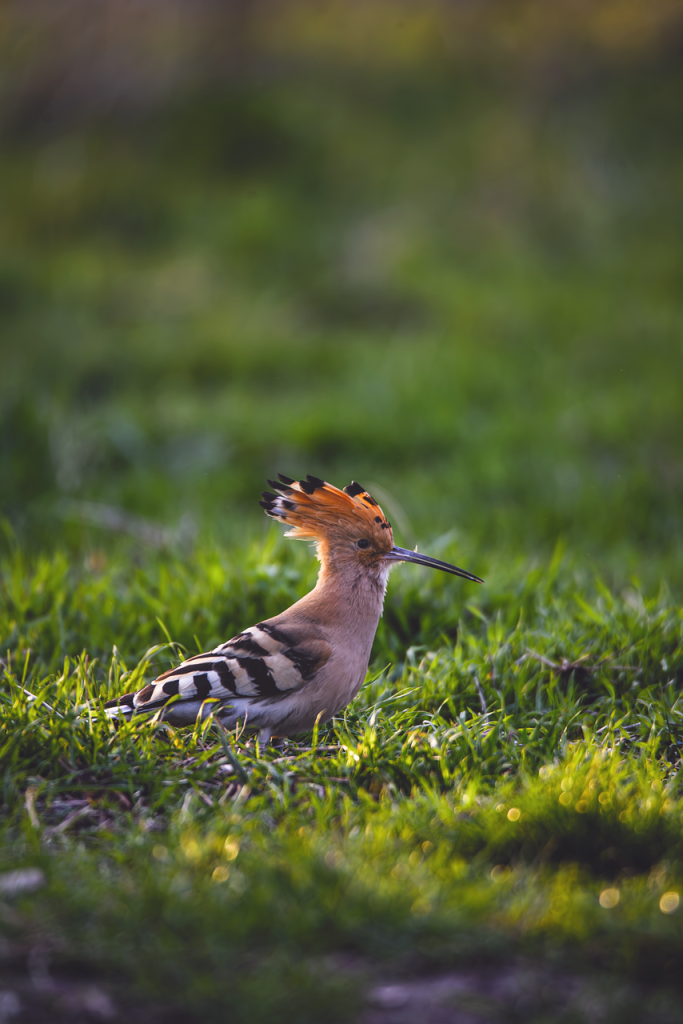
Their seasonal movements, particularly in temperate regions, demonstrate their ability to adapt to changing environmental conditions. The molting process after breeding and migration reflects their life cycle and seasonal patterns.
The hoopoe’s combination of physical traits, behaviors, and ecological adaptations make it a fascinating subject for study and observation in the natural world.
Habitat
The hoopoe’s expansive range across Eurasia and Africa reflects its adaptability to a variety of habitats, from forests to savannahs and grasslands. However, they avoid the most extreme climates, such as the harsh conditions of Siberia and the Sahara.
Each subspecies of the Eurasian hoopoe has its own distinct geographical distribution, highlighting the bird’s ability to thrive in diverse environments. From Europe to the Indian subcontinent and Southeast Asia, hoopoes have found niches in a wide range of ecosystems.
Their preference for open spaces with sparse vegetation, coupled with a need for suitable nesting sites like crevices in cliffs or walls, shapes their habitat selection. This adaptation sets them apart from many other bird species that construct elaborate nests in tree branches.
The hoopoe’s range and habitat preferences underscore its versatility and ability to colonize a broad spectrum of landscapes across continents.
Diet
The hoopoe’s diverse diet reflects its adaptability and opportunistic feeding behavior. From spiders to small lizards and frogs, they utilize a wide range of food sources to meet their nutritional needs. However, insects make up the bulk of their diet, with beetles, cicadas, crickets, and various other species being their primary prey.
Their foraging strategy involves both ground-based and aerial hunting. They use their strong beaks and muscular jaws to probe the ground for insects, often overturning debris in search of hidden prey. If ground foraging is unsuccessful, they are capable of catching flying insects on the wing, showcasing their agility and versatility in hunting techniques.
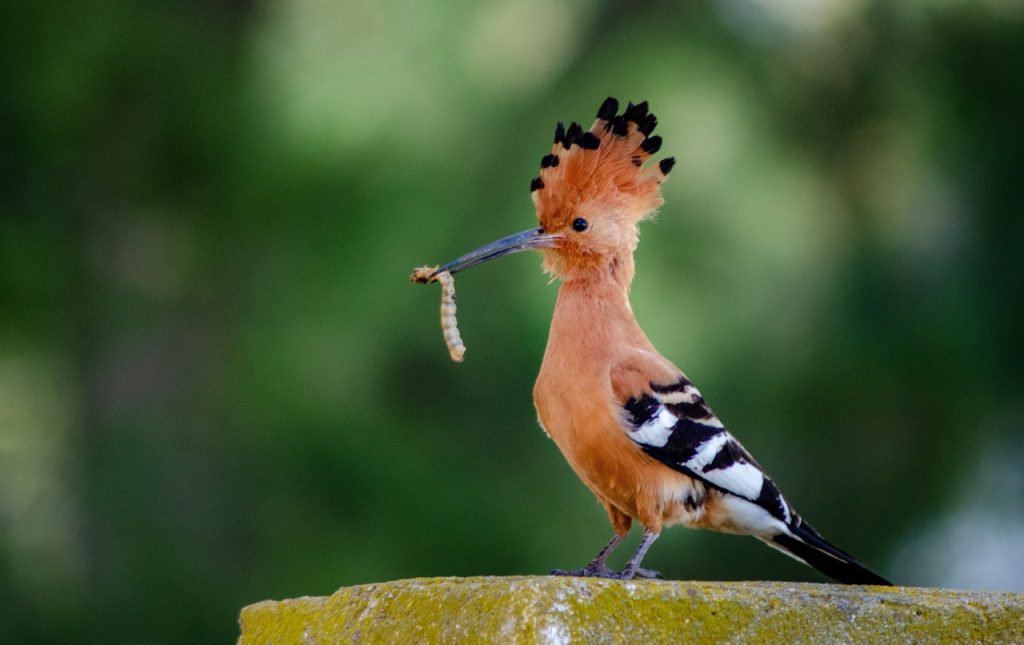
This relentless search for food highlights the hoopoe’s energetic and industrious nature, as they tirelessly scour their environment for small morsels to sustain themselves. Such adaptable feeding behaviors contribute to their success in a variety of habitats across their extensive range.
Predators And Threats
The hoopoe’s limited number of natural predators and its beneficial role in controlling pests have led to its protection in many regions. Its simple environmental needs and ability to adapt to various ecosystems make it a resilient species. However, human activities such as hunting and habitat loss can still pose threats, particularly to certain subspecies.
The recognition of the hoopoe’s ecological importance in pest control has prompted efforts to conserve its habitats and mitigate human-induced threats. By understanding and addressing the factors that contribute to stress on hoopoe populations, conservationists can work towards ensuring the long-term survival of this fascinating bird species.
Reproduction, Babies, And Lifespan
The hoopoe’s monogamous mating behavior and elaborate courtship rituals highlight the importance of pair bonding during the breeding season. Male hoopoes demonstrate their dedication to their mates by offering gifts of insects, while competition among males for mates underscores the significance of reproductive success.
The size of the clutch and the incubation process reflect adaptations to environmental factors such as latitude. Females invest considerable energy into egg production and incubation, while males contribute to the nesting effort by provisioning food.
The secretion of a noxious substance by the female and its application to herself and the chicks serves as a unique defense mechanism against predators and potential pathogens. Additionally, the chicks’ ability to defend themselves through fecal squirts and aggressive behaviors demonstrates early adaptive behaviors for survival.
The developmental stages of hoopoe chicks, from fluffy down to full feathering, mirror typical avian growth patterns. With a lifespan of approximately 10 years in the wild, hoopoes face various challenges and pressures throughout their lives, including predation, habitat changes, and human impacts.
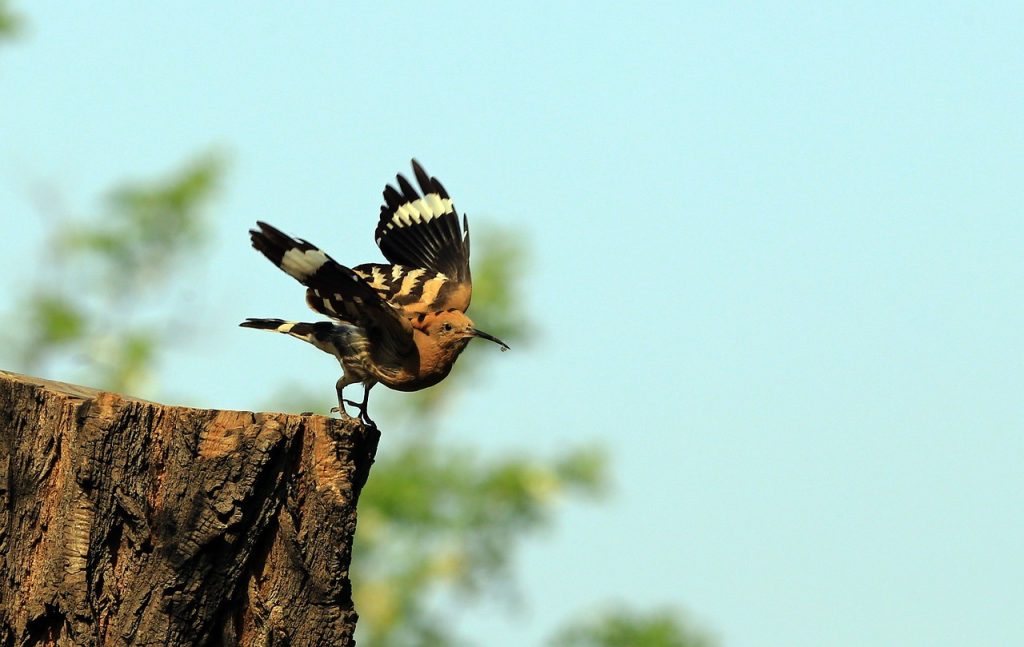
Population
The robust and widespread population of the hoopoe across its native range has led to its classification as least concern on the IUCN Red List. With an estimated global population of five to ten million individuals, hoopoes enjoy relative stability in their numbers.
However, localized pressures and variations in habitat conditions can affect different subspecies differently. While the overall population trend may be stable, certain factors could lead to declines in specific regions or subspecies. Understanding these nuances is crucial for targeted conservation efforts to address localized threats and ensure the long-term survival of all hoopoe populations.
Given the diverse range of habitats and ecological niches occupied by hoopoes across their distribution, conservation strategies need to be tailored to the specific challenges faced by each subspecies. This approach can help mitigate threats such as habitat loss, hunting, and other human-induced impacts, thus safeguarding the continued existence of this iconic bird species.
Before You Go…
The hoopoe is a fascinating and adaptable bird with a striking appearance, intricate behaviors, and significant ecological importance. Its widespread distribution, diverse diet, and unique reproductive strategies underscore its resilience in various habitats across Eurasia and Africa. While facing localized pressures, hoopoe populations overall remain robust, earning them a least concern status on the IUCN Red List. However, continued efforts to monitor and mitigate threats, alongside habitat conservation measures, are essential for ensuring the long-term survival of this charismatic avian species.
Reference:
